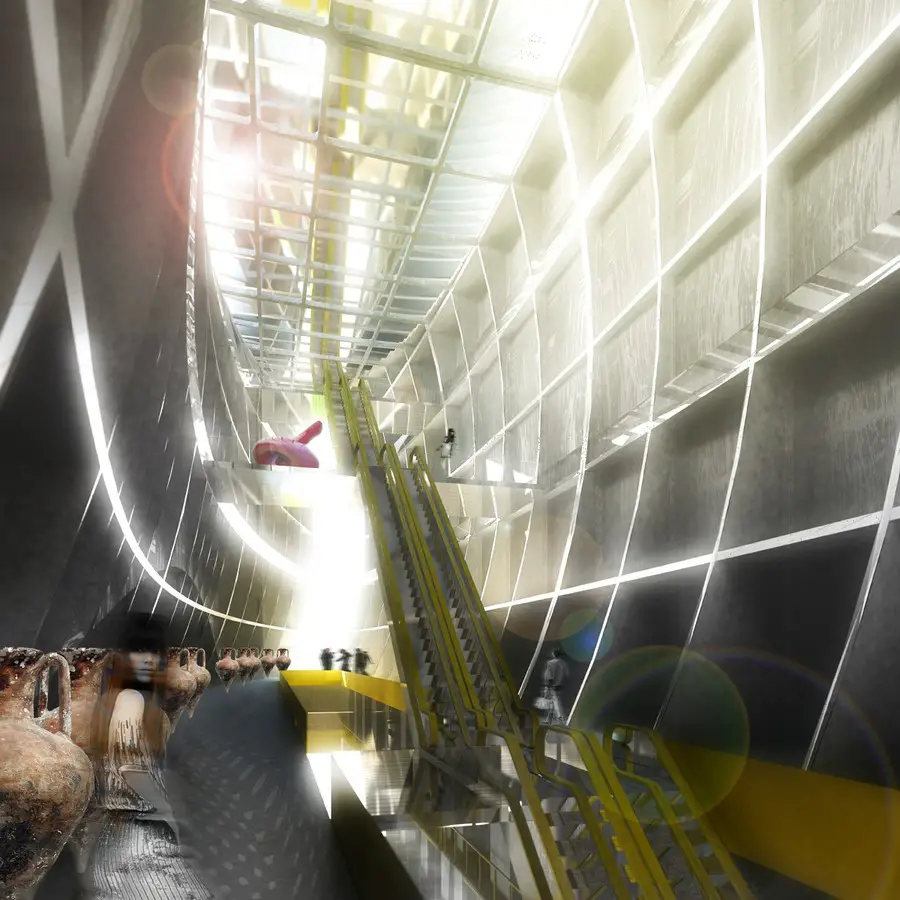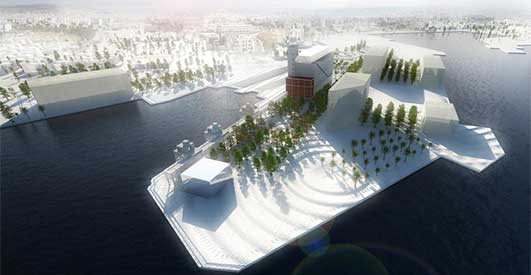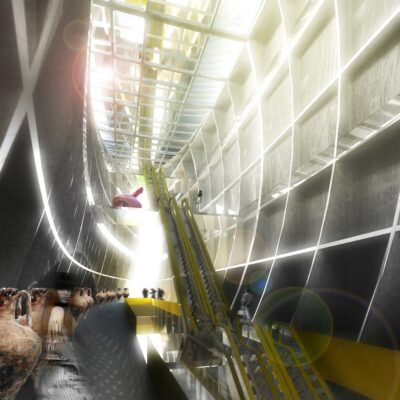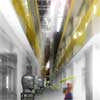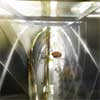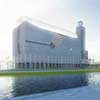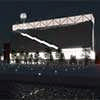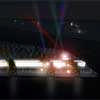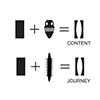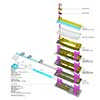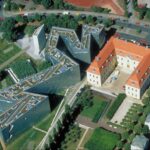Museum for Underwater Antiquities Athens Building, Greece Development, Greek Architecture
Museum for Underwater Antiquities, Athens
Greek Architectural Concept design by Sane Architecture + DaSein
11 Jul 2013
Design: Sane Architecture + DaSein
Location: Piraeus, Greece
Museum for Underwater Antiquities Greece
Museum Concept Athens
The Competition task:
Redesign of the existing cereals stock house building facilities (silo) and its surrounding open space into a museum for underwater antiquities & Regeneration of part of the Piraeus Port Authority Coastal Zone transformation into an open public space for out door activities.
The Architectural Concept: Ship space / Amphora space
The architectural concept is based on the intention to expose the antiquities recovered from the sea bed not as meaningless, dead relics, but as objects partially recovering the original significance.
The museum is structured around a strong vertical gesture, situated in a monumental space derived from the shape of ancient amphorae as well as the shape of ships. The building is simultaneously a ship representing the idea of the journey and an amphora – a symbol for the idea of content. The journey is not only the one that sent the antiquities to the sea but also the one that the archeologists take to discover them. It is a trip back and forth between civilizations, in search of content.
The duality of the architectural concept emphasizes the initial functional duality: a building for grain storage and a component of a transport network.
The Functional Notice
The fuctional concept organizes the 15000 sqm required program in the existing volumes in order to keep the feeling of the original use of the building. The museum incorporates galleries for permanent and temporary exhibitions, organized in six thematic axes, a multimedia education centre and library, research laboratories as well as restoration and storage facilities.
The Volume
Keeping the impact it has on the port skyline, we mainly focused our intervention to the interior: a monumental cut ilustrating the same dual approach: targeting the city but also the sea: space – journey / space- content.
The inner atrium has the proportions of a cargo: 1 of 8 in plan and it turnes towards the water, curves to the harbor – the escalators in the centre become a strong symbol of the journey, organizing the whole building around them.
The cells space will be used as exhibition space and storage rooms for finds.
The Clock Tower, the port symbol is highlighted by longitudinal translucent volumes. The building is essentialized , decomposed into parts: the massive warehouse silhouette and the slim figure of the tower are revealed by superposing the delicate translucent volumes.
The Public Space
The landscape project borrows new meanings from the history of the place: the site is a huge port area, very mineral, that excludes any plant.
Mineral and vegetal lanes intersect with circular squares of different dimensions, with a slightly ondulated surface that gives structure to the space and accentuates the water movement sensation. The circular squares are inspired from the greek theatre layout, offering space for interaction . The concentric circles create a flexible design that dilatates and contracts according to the user needs: relaxation and isolation or interaction – a preoccupation for all ages and abilities.
A big square for large scale events will be placed in front of the Museum of Underwater Antiquities.
At the top of the museum a public space – an outdoor amphitheater accessible by an exterior staircase offers a view over the city and the sea independently of the museum schedule
Museum for Underwater Antiquities images / information from Sane Architecture
Location: Piraeus, Greece, southeast Europe
Architecture in Athens
Contemporary Greek Architectural Projects
Athens Architecture Walking Tours
Acropolis Museum Design
Potiropoulos D+L Architects with Studio Daniel Libeskind
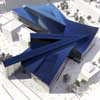
image from architects
Museum Buildings
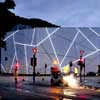
picture : Oddleiv Apneseth
Athens Buildings
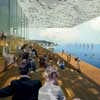
image from architects
Comments for the Museum for Underwater Antiquities – Athens Architecture page welcome

